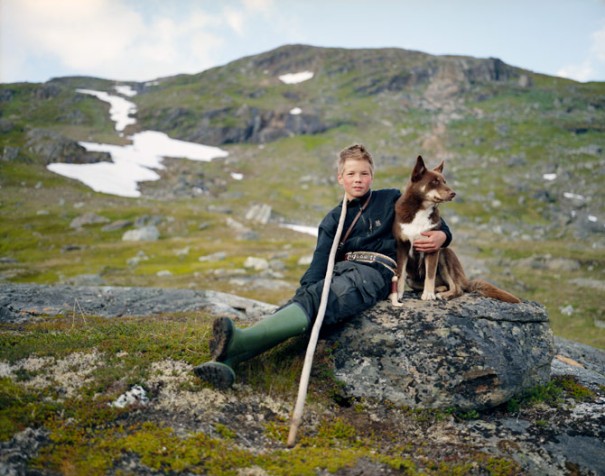The Sami people live in an area divided among four countries: Norway, Sweden, Finland and Russia. This caused the indigenous Sami extra trouble with the different countries vying for the same land area and enforcing varying laws and policies on them.
Sampi or Lappland?
This is the land where the sun never sets in summer and stays below the horizon in winter. The Sami are an ancient people who entered written history in 100 A.D. when the Roman historian Tacitus described them as primitive hunters, happy in their simplicity. Like any Romans had been there to find out.
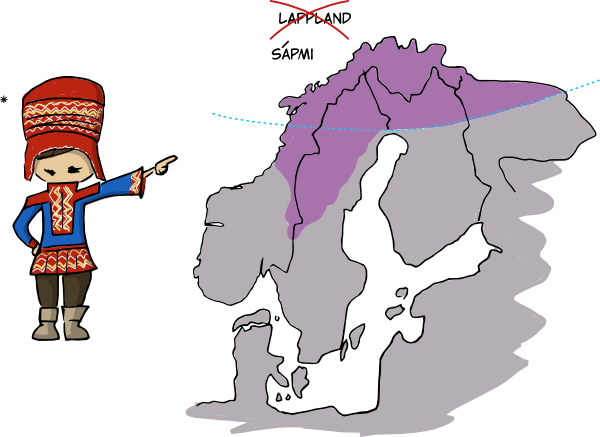
They covered the northern two-thirds of Scandinavia with the Vikings attacking them in the 800s. That was only the beginning. Four kingdoms were vying for control of the Sami land as they moved north. At times, conflicting claims resulted in two different kingdoms demanding tribute from the Sami. As one country imposed more pressure on the Sami, they would move to the area controlled by another. The Sami always hunted wild reindeer and only kept a few as pack animals. But they started herding reindeer in the 1800s because the reindeer population was shrinking with the encroaching settlers and farmers pushing northward.
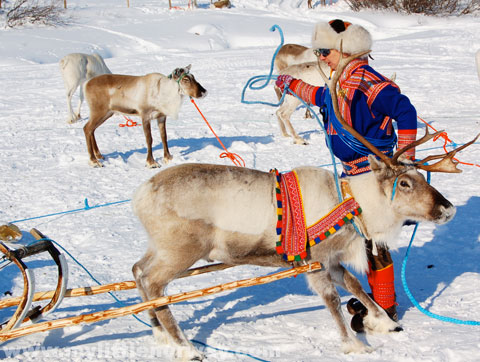
Some people think history is boring. If you want to know about the history of the Sami people:
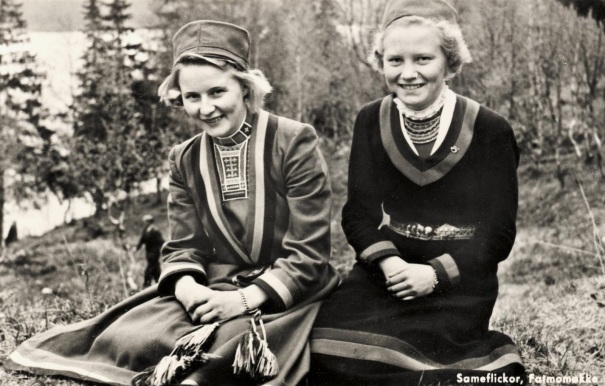
Who is Sami?
Well, first, you must consider yourself a Sami. Then, you or your recent family must still speak Sami. Usually different dialect groups get united by speaking the adopted language of the country. Not so with the Sami since there are four different countries/languages among them.
Of the 70,000 Sami, half are in Norway, another third in Sweden and the rest in Finland and Russia.
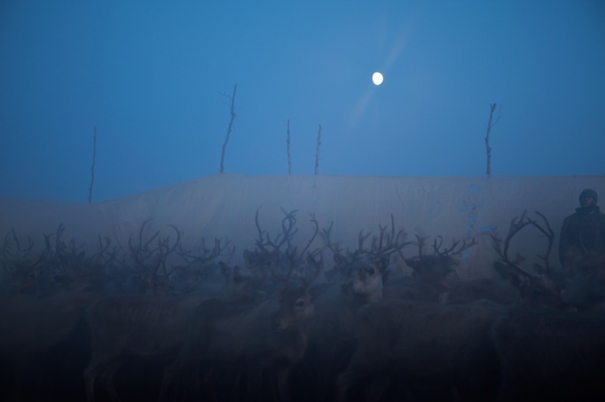
Legendary
The Sámi, aka Lapps, are the people of legend. They live in the country of mystery where the sun never sets in summer.
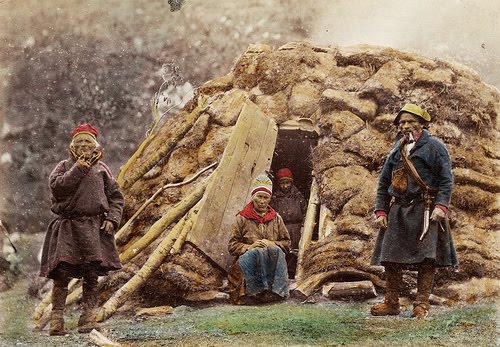
Fact or Myth
They were masters of sorcery. Many mythical and curious elements were repeated by writers through the ages. Only when Olaus Magnus Gothus actually went there in the mid-1500s and wrote “Historia de gentibus septentrionalibus (History of the Nordic People)” did fact-based information begin. The detailed illustrations in this book still amaze and inform us.
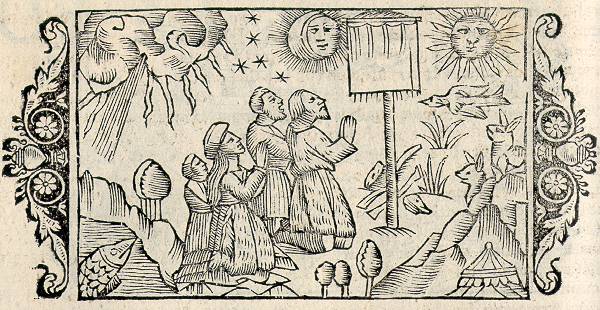
Religion
The efforts of various missionaries have resulted in Christian faith divided among Russian Orthodox, Lutheran, and another Protestant group with a strong evangelical congregationalism (Laestadianism). But in the past, the shaman was the connection to the spirit world. Some shamanistic healing rites are still performed. Ancient pictographs show the three daughters of Máttaráhkká(mother earth), Juoksáhkká, Sáráhkká and Uksáhkká and we see below the shaman with his drum and in a trancelike state.
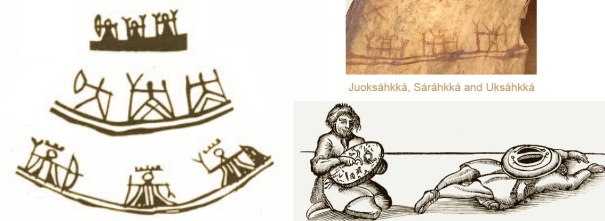
Lifestyle
Reindeer herding was the basis of the Sami economy until very recently. Reindeer herding demands a nomadic lifestyle because the reindeer graze the snow-covered lichen fields quickly and must move on to find more food especially in winter months. Sami lived in tents or turf huts as they migrated with their herds.
Now, the remaining herders travel with their reindeer while their families live in permanent modern housing. Sami have recently become more active in the Scandinavian professional, cultural, and academic world. And many have a renewed sense of their cultural roots.
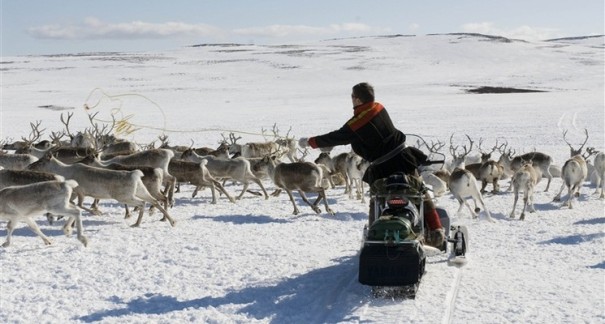
Singing to the Reindeer
The yoik is the traditional Sami way of singing or chanting.

I Protest
When Sami people want to protest against something, they can show their disgust by turning their Sami costume (the gakti) inside out. This saves on carrying around a protest sign.
Pregnant women in Porsanger have learned not to come to term in the middle of the hunting season because the only local midwife is away hunting.
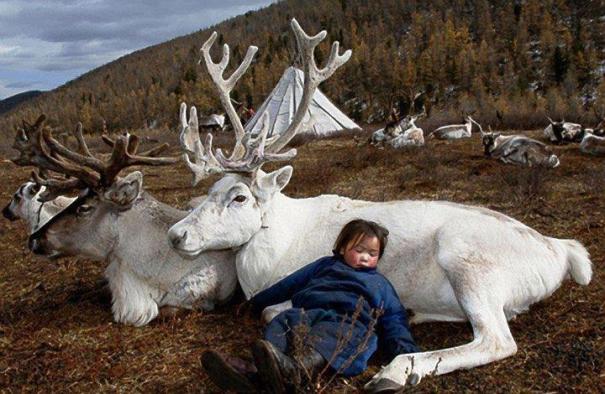
Never ask a reindeer owner about how many reindeer he’s got unless you want a cold stare. And no one can give a cold stare like a Sami. It’s bad luck to say how many.
The Sampi/Lappland remains a divided land where the Sami can not even use the same language to protest their treatment.
